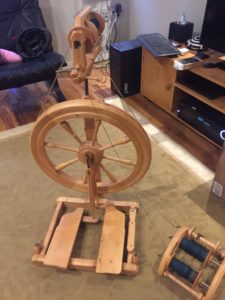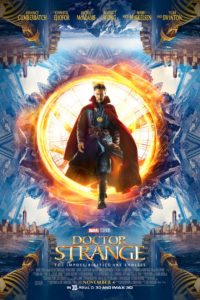I’ve been meaning to post this for a while, but I’ve been having some hardware trouble. My computer is a Surface Pro 2, which I bought in early 2012, and has served me well and faithfully for all that time. However, the keyboard/cover, is a bit more touchy, and now it won’t let me type the letter “i” “o” or use the backspace button. o_O
So I have a new one on the way, but in the meantime I’m typing on a rather challenging wireless keyboard, and don’t really have a working mouse. This time, let’s blame my typos on that.
A month or so ago I read Arcadia by Iain Pears with my book group. It’s the first book of his I’ve read, though he’s most famous for The Instance of the Fingerpost. Like many of his books, Arcadia has a rather complicated structure, switching between several POVs and four(ish) different timelines.
It begins with the following events:
- An Oxford professor tinkers with his fantasy novel setting, but never really gets his plot off the ground
- A psychomathematician in a dystopian future plots her escape
- A young boy in a pastoral world has a strange encounter
Eventually all of these characters and plotlines intersect and recombine, exploring time travel, history, the effects of events on the future, the truth behind the beautiful Arcadias, for of course et in Arcadia ego. Along the way, it pays homage to J. R. R. Tolkein, Aldous Huxley, Tom Stoppard, Shakespeare’s As You Like It, and John Le Carre, among many others I’m sure I’m missing.
One of the things I really loved about Arcadia was how it played with the notion of history, causation, and time travel. It posits time as a string, you can move a piece of string around, but it is always connected to the rest of the string. If you change past, the future will change, and if you change the future, the past will have to change to accommodate the cause and effect that connects future and past.
I’m sure someone could poke holes in that, but it is a pleasing way of handling time travel in a narrative. In many narratives, like the TV show The Flash, time travel is a sort of get-out-of-jail-free card. Traveling in time to fix things has challenges, and causes unforeseen problems, but those problems often do not feel organic to the plot; they feel levers the writers can pull whenever they want.
But because Arcadia insists on cause-and-effect chains connecting future and past–in both directions!–the narrative feels much more satisfying. It also makes the book a special pleasure for a novelist to read. As I work on The Golden Wolf, and have a handful of events for which I need to come up with interrelated causes, I feel just like one of the characters in Arcadia, creating an effect in the future and then watching causes line up to create that effect.
The characters are also rather charming, especially the three main women, a plucky lass in 1960s Oxford named (of course) Rosalind, our psychomathemetician from the future, and a noblewoman in the pastoral fantasia. For a book that explores some dark possibilities, the experience of reading it is rather humorous and lighthearted. It sends up some aspects of pastoral fantasy (and Tolkein’s fantasy), though in an affectionate way, asking why a psuedo-medieval fantastical world would endure for millennia when in the real world, technology tends to progress. The answers make sense but are not always pleasant to contemplate. I recommend this book for any thoughtful reader of fantasy or dystopian SF.

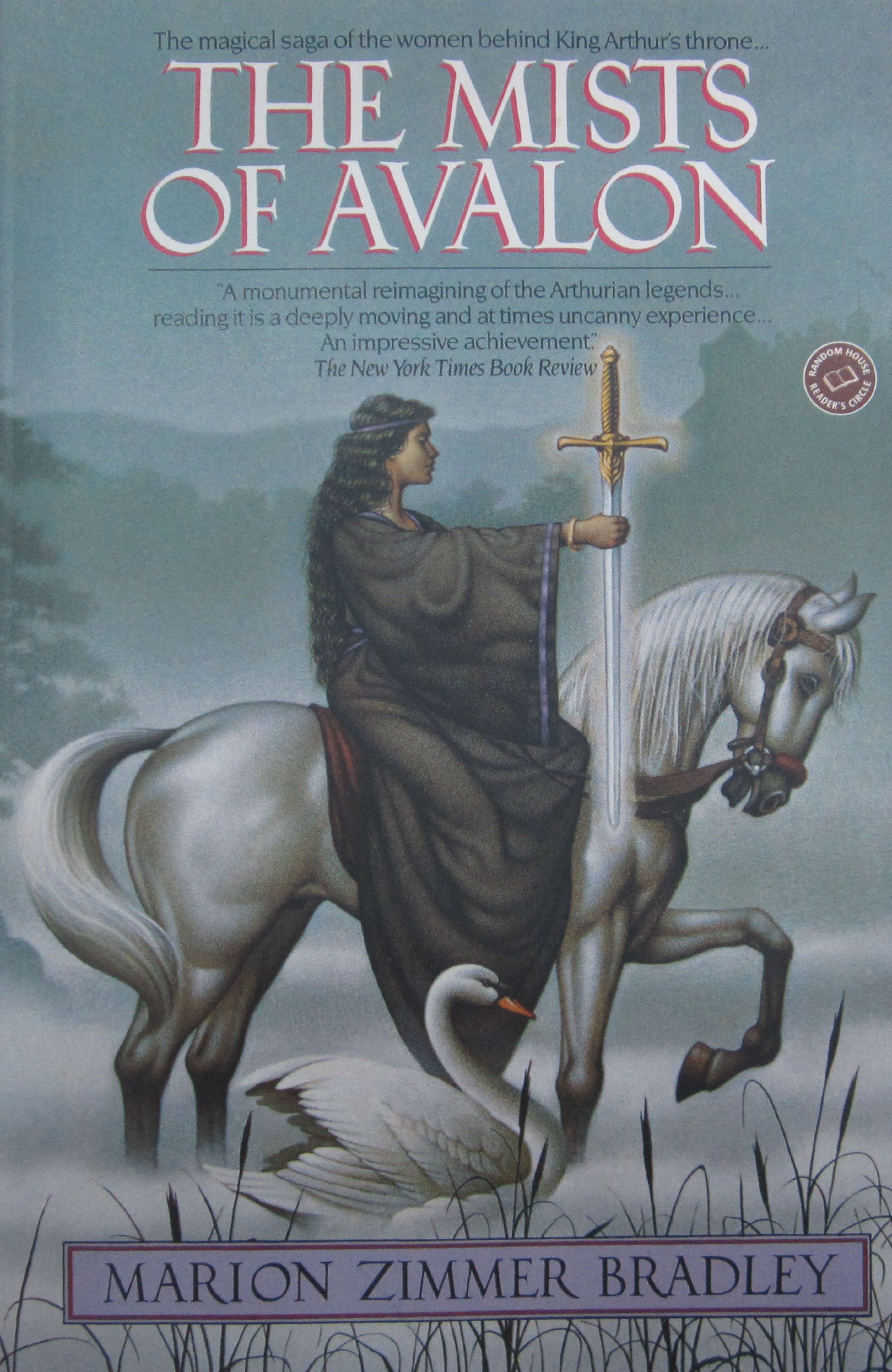
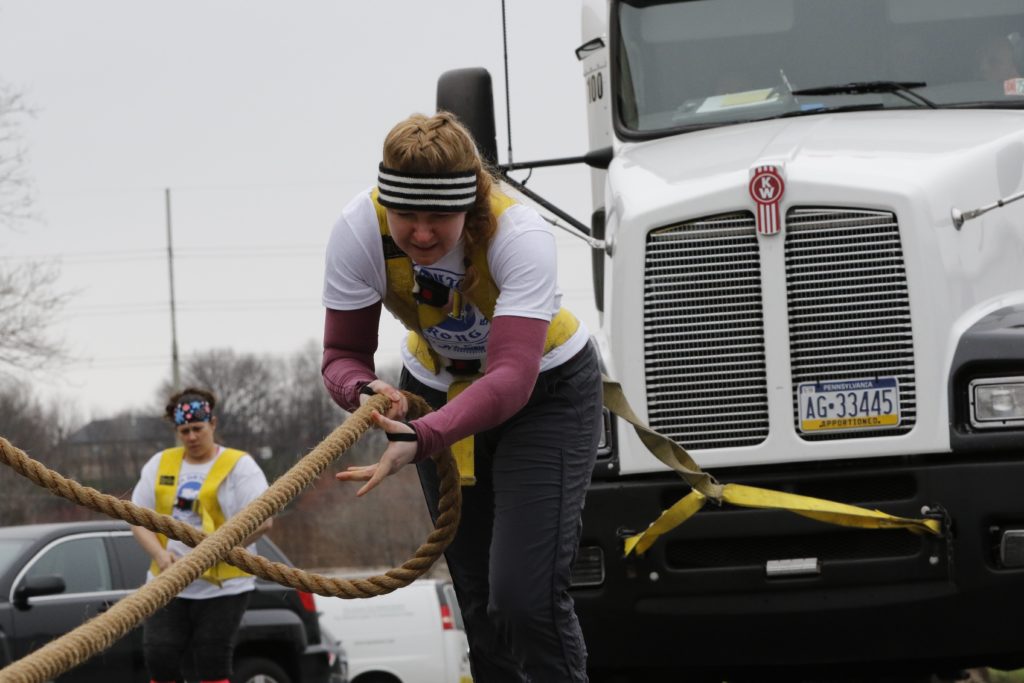
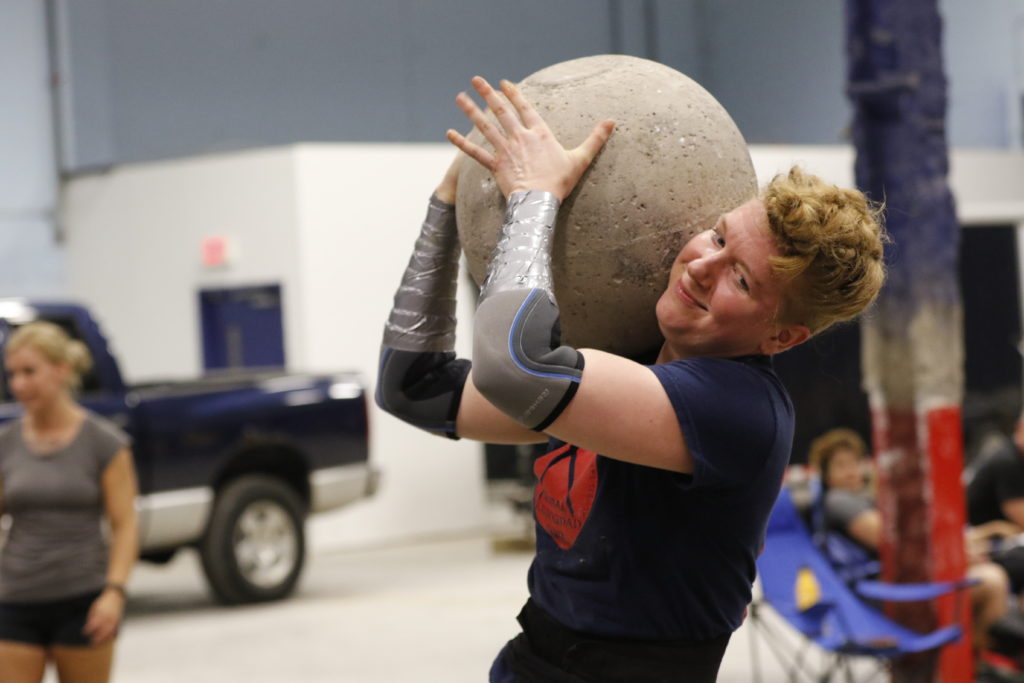
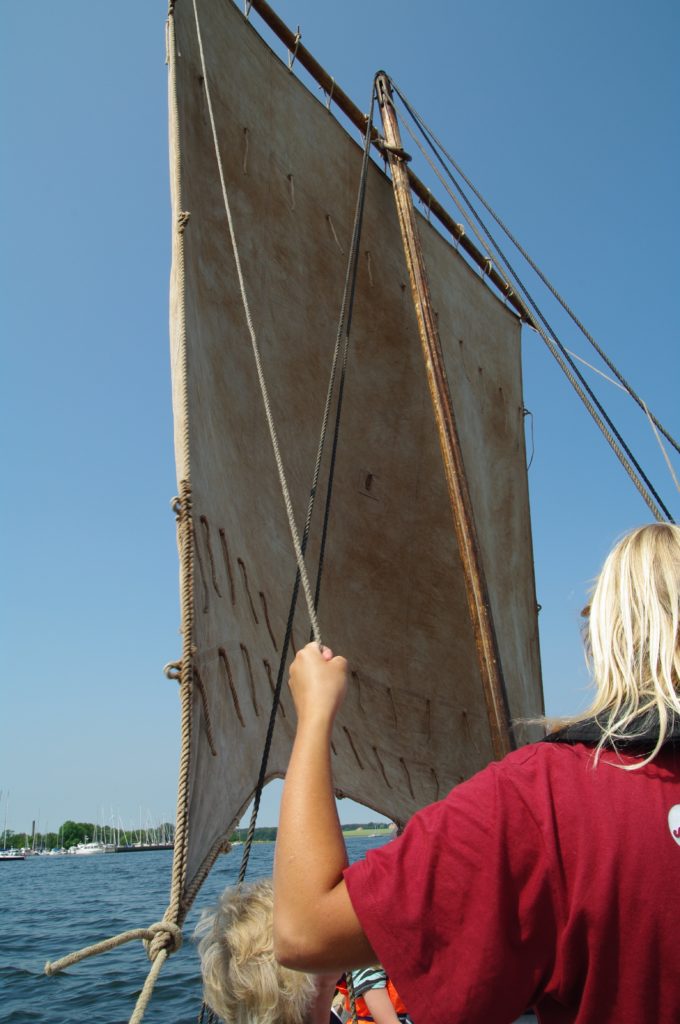
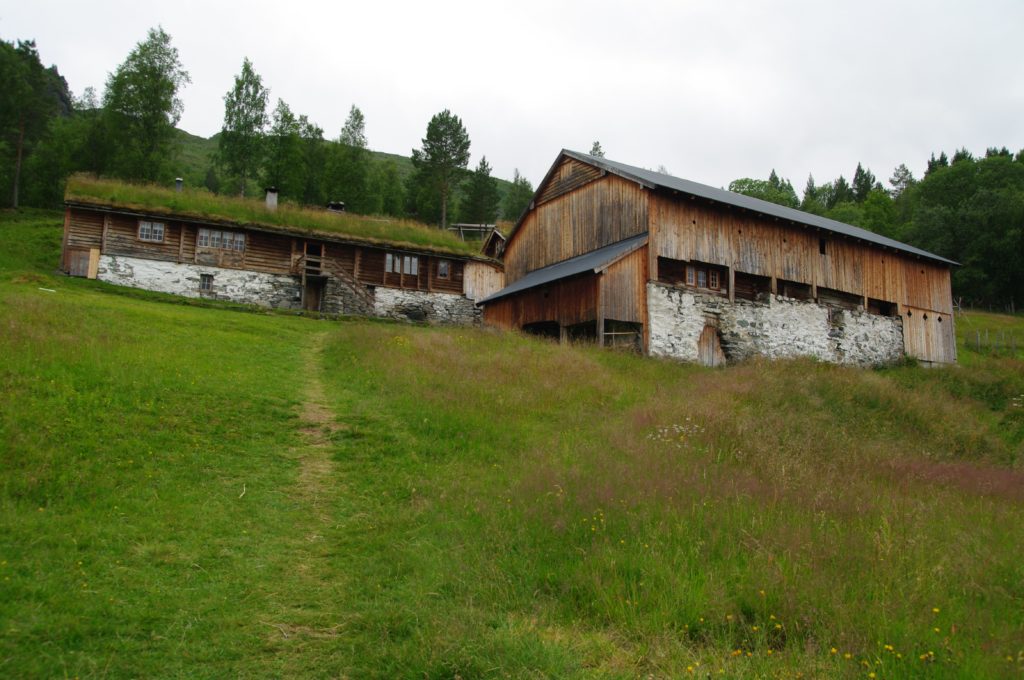
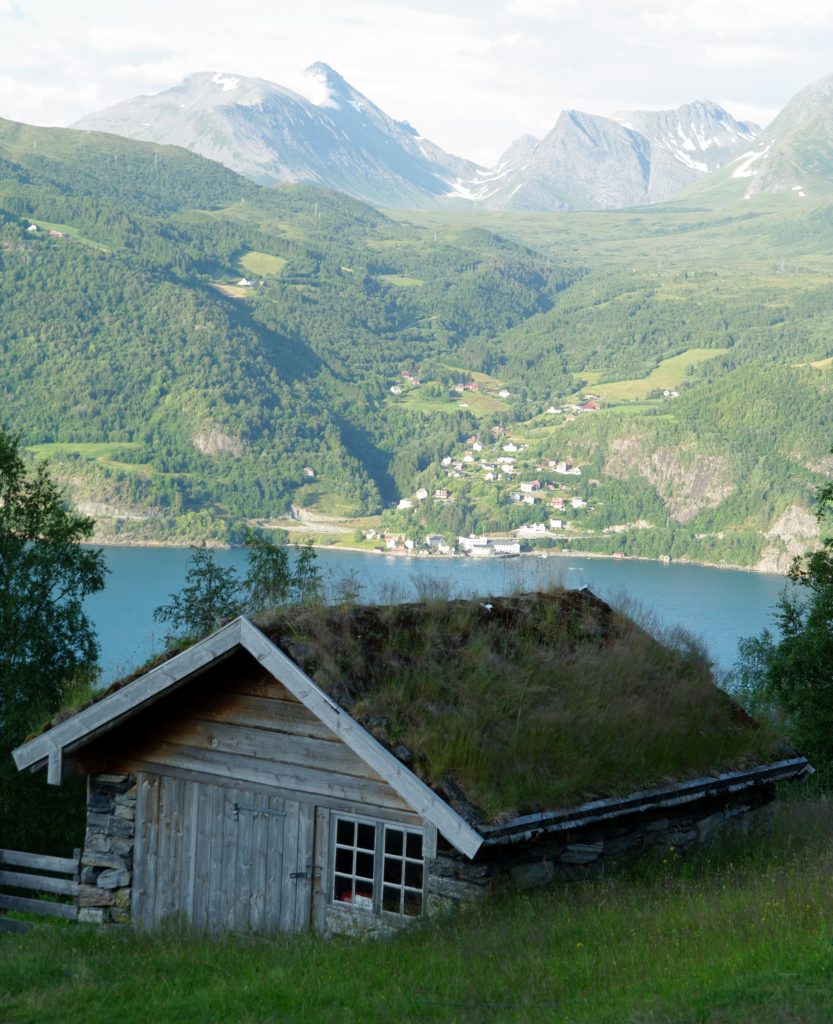
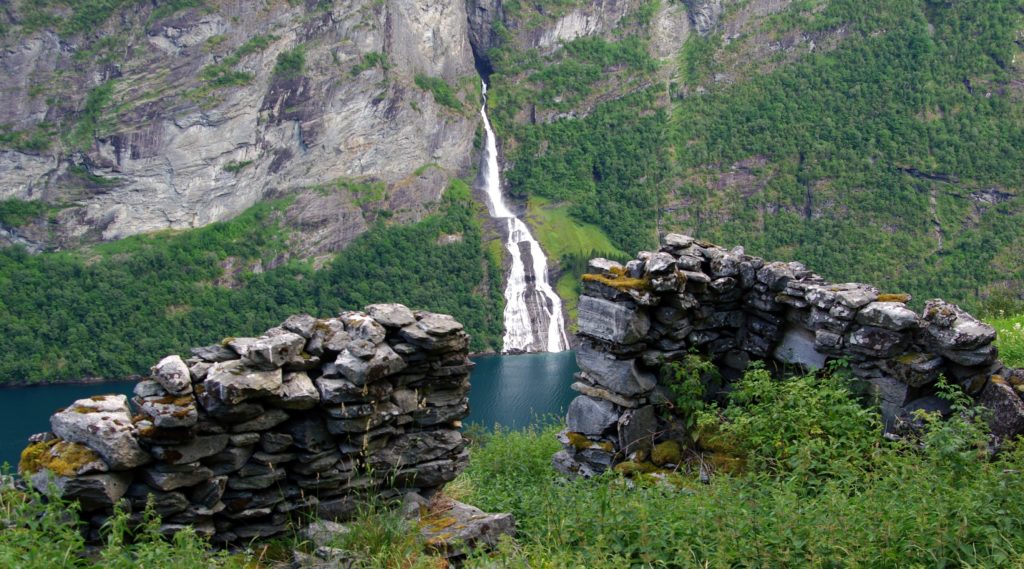
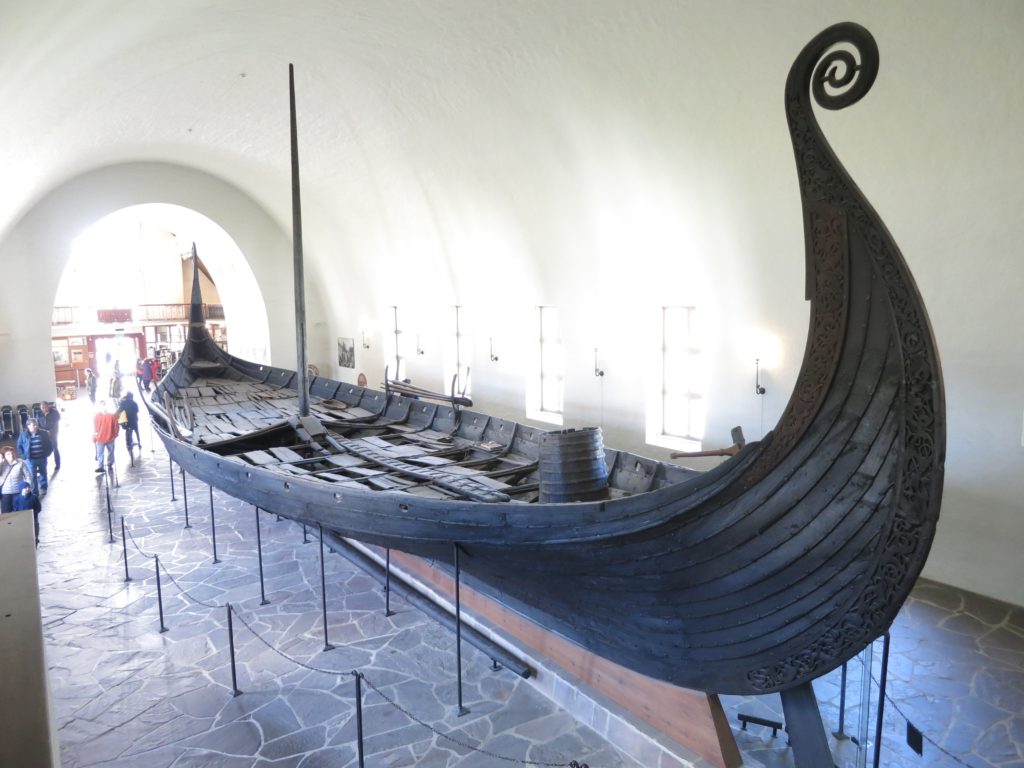
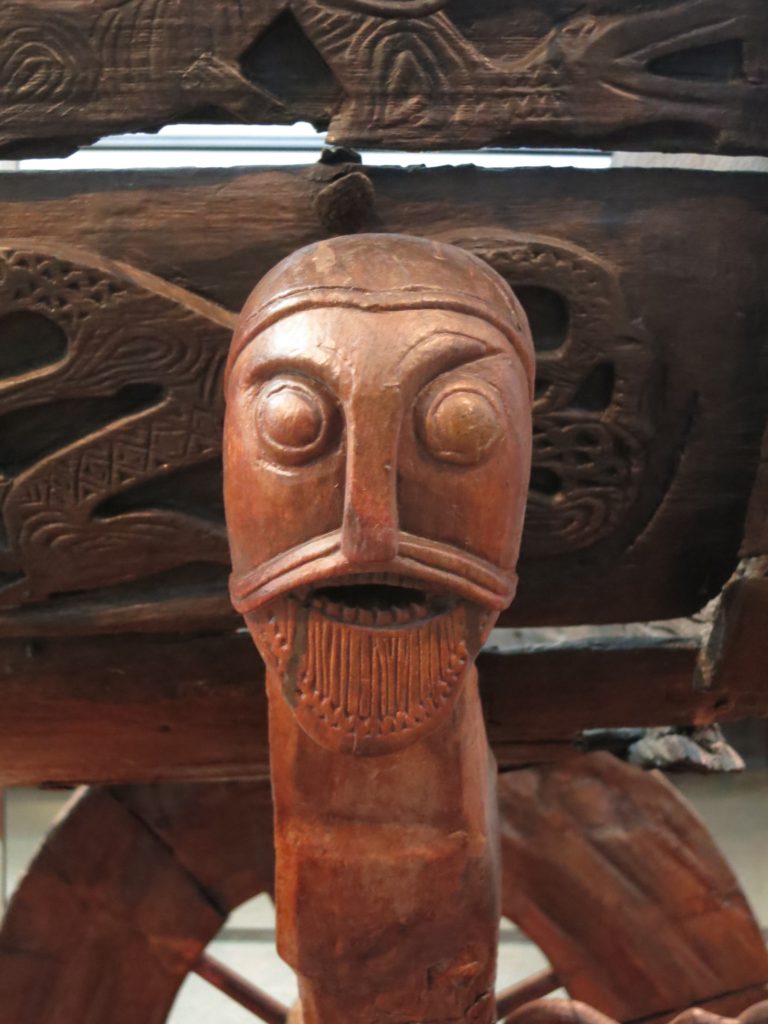
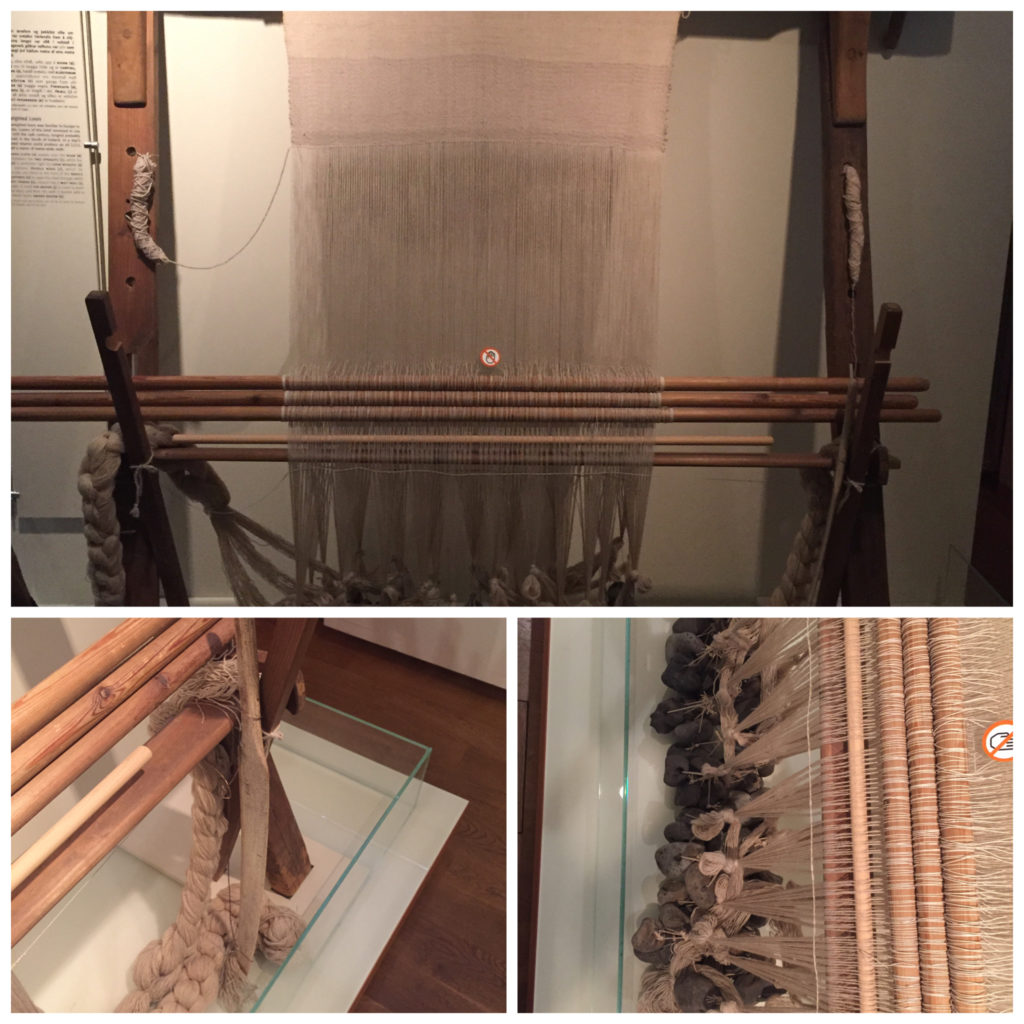


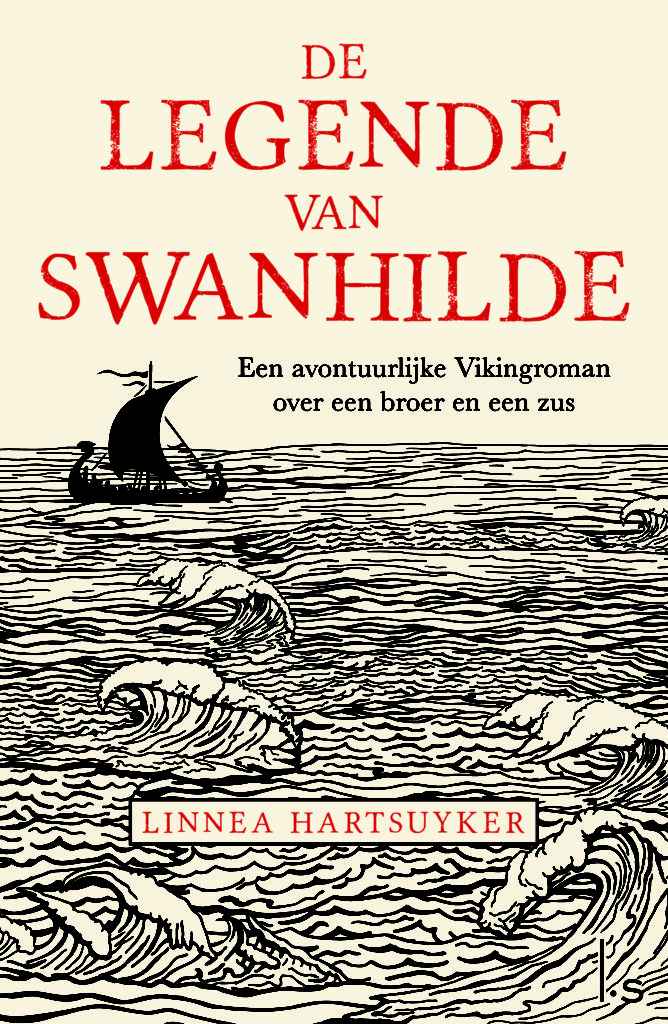


 Or, Why Captain America: Civil War did not work and Rogue One did. Spoilers for both.
Or, Why Captain America: Civil War did not work and Rogue One did. Spoilers for both.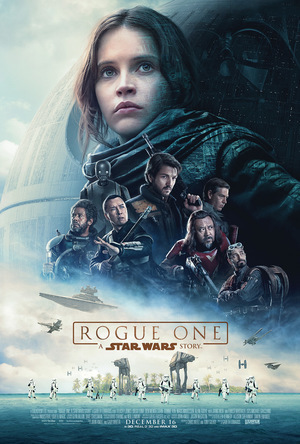 Engaging honestly with a premise is one of the reasons that I thought Rogue One worked, even after with any number of storytelling missteps and missing scenes. Most of the characters were paper thin and hard to connect with, but the movie engaged honestly with both the idea of war and what it requires of individuals, as well as the consequences of going up against a bigger and stronger foe.
Engaging honestly with a premise is one of the reasons that I thought Rogue One worked, even after with any number of storytelling missteps and missing scenes. Most of the characters were paper thin and hard to connect with, but the movie engaged honestly with both the idea of war and what it requires of individuals, as well as the consequences of going up against a bigger and stronger foe.
